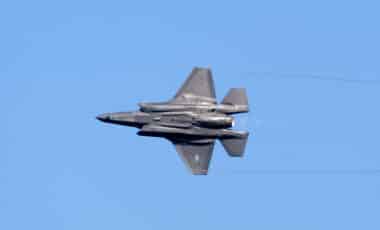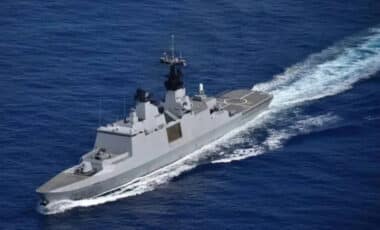The construction and delivery of aircraft carriers are intricate operations that demand precise coordination across various stakeholders in the naval industry. In recent years, the U.S. Navy has faced notable delays in commissioning its new carriers, raising concerns about military preparedness and the economic impact on the industry.
Delays in USS Enterprise (CVN-80) and USS John F. Kennedy
The USS Enterprise (CVN-80), originally scheduled for delivery in March 2028, has been delayed by 18 months, with the new expected date set for July 2030. This delay is primarily due to issues with material availability and supply chain disruptions. Similarly, the USS John F. Kennedy has also experienced a two-year postponement, now expected to be delivered by March 2027. Key factors contributing to this delay include the need to complete certification for the Advanced Arresting Gear (AAG) and ongoing work on the Advanced Weapons Elevator (AWE).
These setbacks underscore the difficulties the Navy faces in meeting its delivery schedules. As Admiral James Kilby, acting chief of naval operations, has stated, “We are behind in every class of ships by varying amounts, but at least years behind schedule.”
Economic and Industrial Impact
The delays in delivering aircraft carriers have significant economic consequences. The fiscal year 2025 budget not only highlights the delay of the CVN-80 but also the postponement of the acquisition of the next carrier, CVN-82, which was initially set for fiscal year 2028 but has now been pushed back to 2030 due to production delays. This postponement could lead to labor shortages and increased costs. In fact, 40% of suppliers may be forced to lay off workers if the purchase is delayed beyond this period.
Todd Corillo, a spokesperson for HII’s Newport News Shipbuilding, expressed concern about the disruption to the supplier base: “Any modification that extends intervals between platforms from previously approved shipbuilding plans is troubling due to the potential disruption to our supplier base.” Furthermore, Lisa Papini warned that if the pace continues with six-year gaps between orders, it would negatively impact 71% of suppliers.
Supply Chain Struggles and Solutions
The COVID-19 pandemic exacerbated existing supply chain issues, leaving suppliers grappling with workforce shortages, rising inflation, and difficulty sourcing raw materials. One supplier, for example, is still waiting for an order placed in February 2022. Another has seen costs double between 2020 and 2022, with a further 50% increase in 2023.
These challenges affect not only the construction of aircraft carriers but also submarine projects. Over half of the suppliers are involved in both submarine and carrier programs, meaning delays in one project can ripple across multiple strategic initiatives.
To address these issues, the Pentagon is working to improve the situation by awarding more contracts to stimulate naval manufacturing and infrastructure modernization. Past initiatives, such as the bulk purchase of the USS Enterprise and the future USS Doris Miller (CVN-81), have resulted in savings of up to $4 billion, according to military officials.
The future will depend heavily on the successful implementation of these measures to manage delays without compromising operational readiness or exacerbating the economic challenges facing the sector.









And the clown show continues. Hegseth needs to start firing people to get the Navy going again.